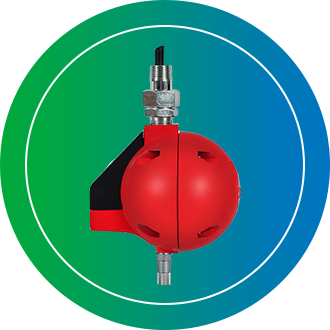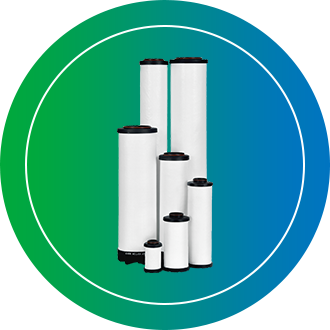An adsorption dryer works by using a hygroscopic desiccant material, such as silica gel or activated alumina, to physically attract and hold water vapor from moist air, a process called adsorption. This is achieved in a two-tower system, where one tower dries the incoming air while the other is being regenerated by removing the collected moisture to restore the desiccant's capacity. The continuous cycling of the two towers ensures a constant supply of dry air.
Drying phase
Moist air is passed over a desiccant material in one of the dryer's towers.
The desiccant is a porous material that has a high affinity for water vapor, a property known as hygroscopicity.
Water molecules from the air adhere to the surface of the desiccant, removing them from the air stream and producing dry air.
This process continues until the desiccant in the tower becomes saturated with water.
Regeneration phase
When one tower is saturated, the air flow is switched to the second tower.
The saturated tower is then taken offline for regeneration.
The trapped moisture is removed from the desiccant, often by using a portion of the dried compressed air or external heat to raise the temperature, which drives the water vapor off the desiccant's surface. The regenerated desiccant is then ready for its next drying cycle.







